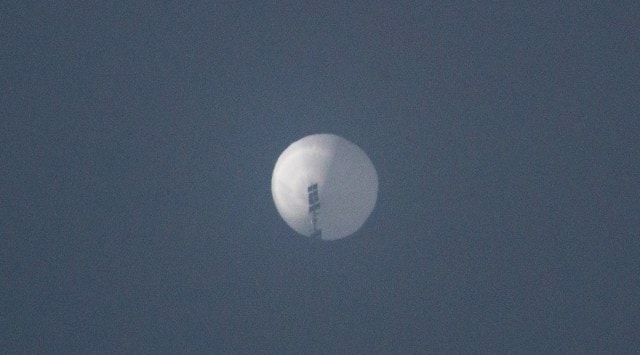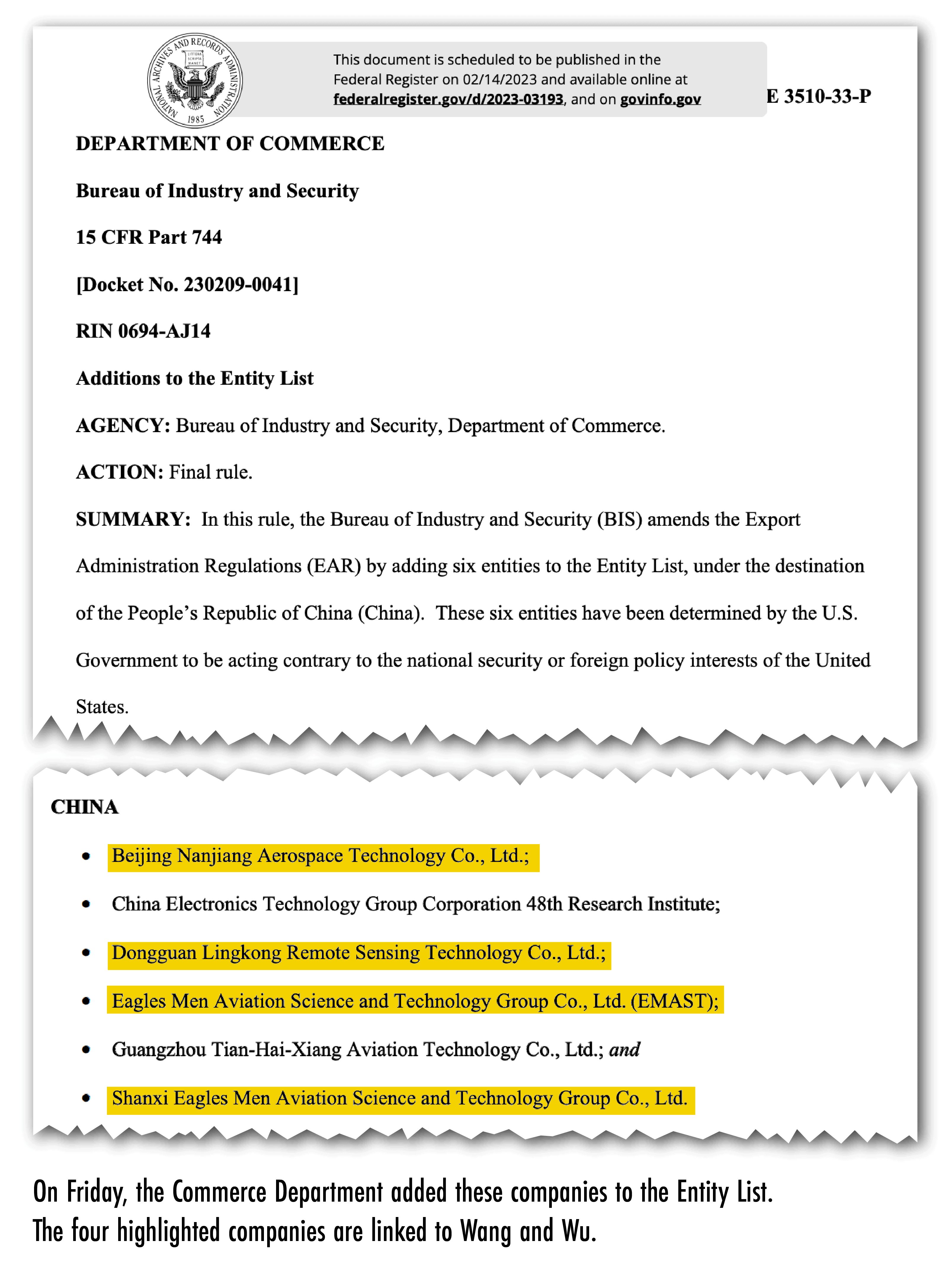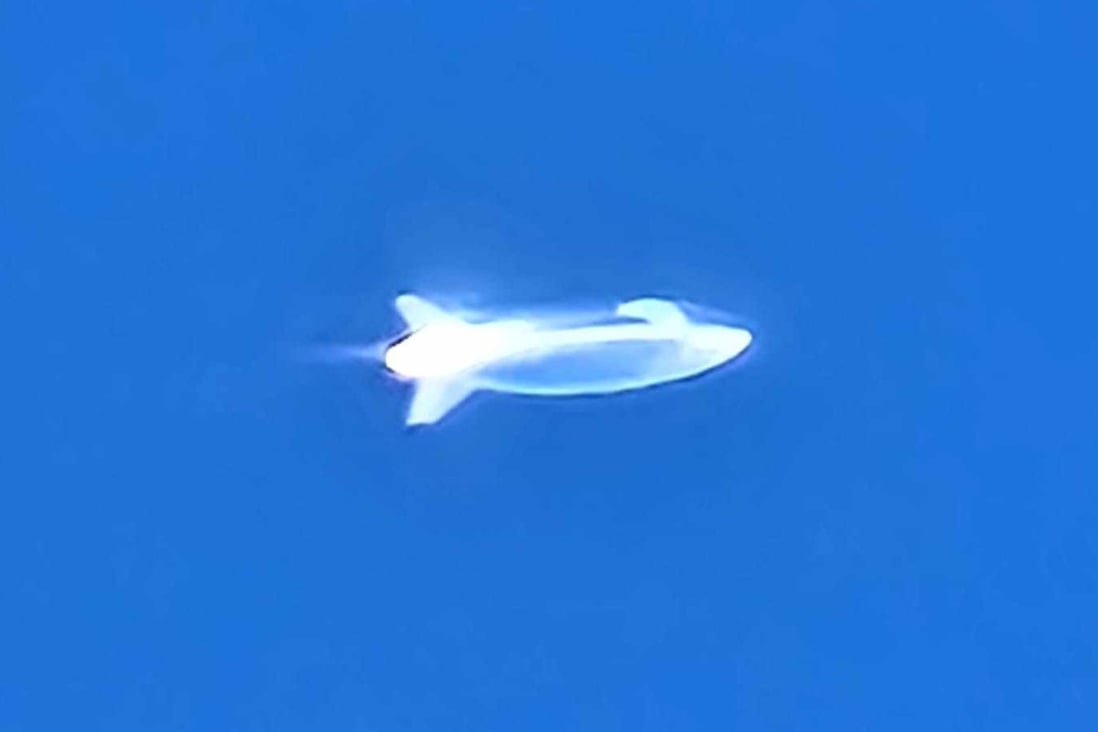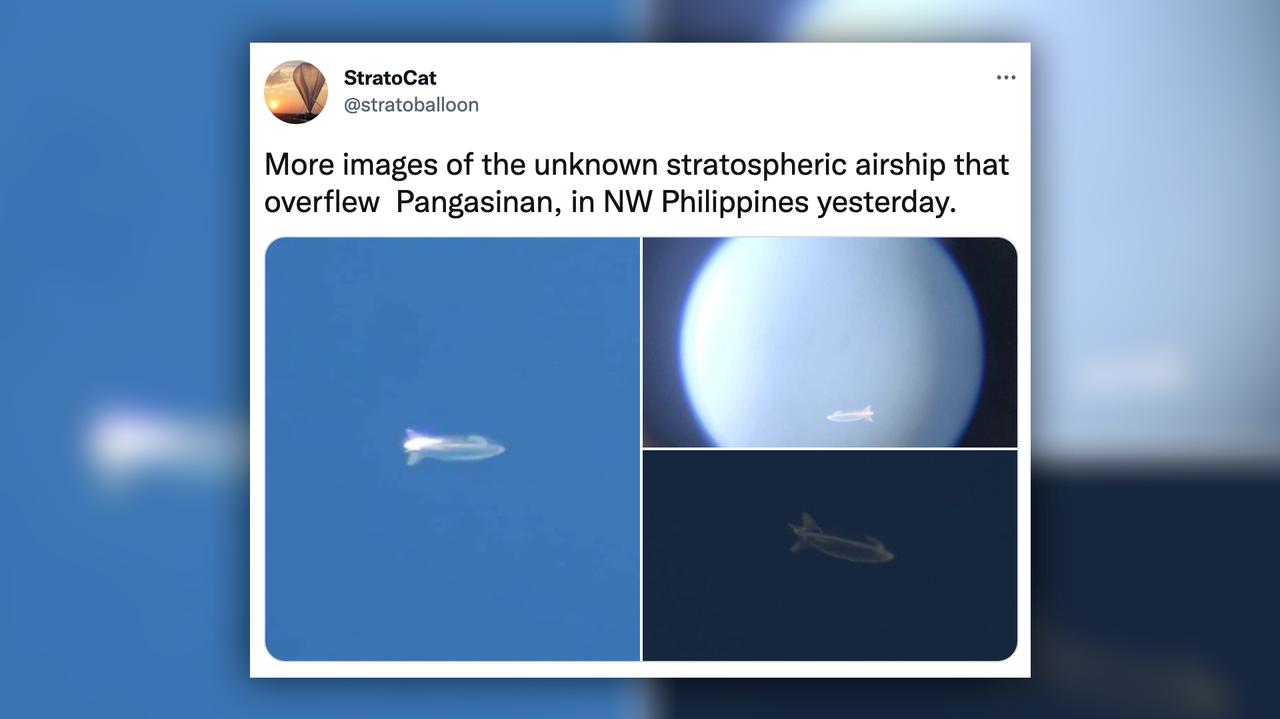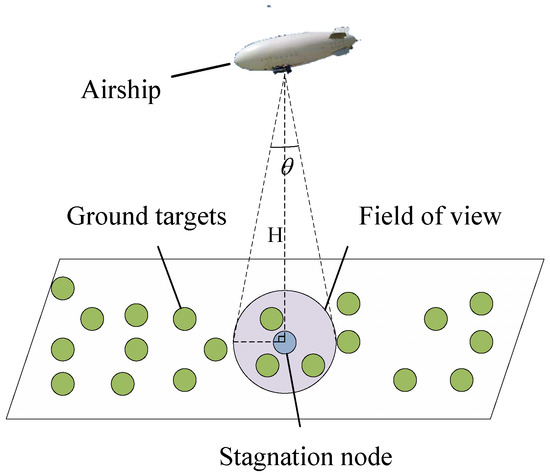First question is why did the FBI not discover this Chinese operation? It was actually investigated and revealed by Safeguard Defenders, a Spanish-based NGO that focuses on the state of human rights in China.
Who is Safeguard Defenders you ask?
Police in China, in coordination with overseas association of Chinese, run by entities of the Chinese Communist Party, has established a series of overseas police “service stations”, in particular in Europe. In Spain, there are 9 such stations so far uncovered. While much of their work is to simply service Chinese residents, or tourists, evidence from the Chinese government itself now shows that one station in Madrid, has been actively working with Chinese police to engage in covert and illegal policing operations in Spain. For information on the 110 Overseas police “service stations” in Spain and elsewhere, and the global manhunt to “persuade” targets to return voluntarily, see the full investigation 110 OVERSEAS – Chinese Transnational Policing
Meanwhile, back in the New York it seems after year or so, an investigation and arrests were finally made. But there are other locations across the United States.
Today, a complaint was unsealed in federal court in Brooklyn charging two defendants in connection with opening and operating an undeclared overseas police station, located in lower Manhattan, for the Ministry of Public Security (“MPS”) of the People’s Republic of China (“PRC”). Lu Jianwang and Chen Jinping were arrested earlier this morning at their homes in New York City. Their initial appearances are scheduled this afternoon before United States Magistrate Judge James R. Cho.
“The defendants, operating on behalf of the government of the People’s Republic of China, are alleged to have operated an undeclared police station in downtown New York City,” stated FBI Assistant Director-in-Charge Driscoll. “Upon learning of the FBI’s investigation into the police station, the defendants erased their communications to conceal their activities. Clandestine police stations operating within our communities are not only illegal but infringe on the United States’ freedom – they will not be tolerated. The FBI is unwavering in our mission to protect the American people and uphold our Constitution; anyone working on behalf of a hostile foreign nation to violate our national security and freedoms will be held accountable.Before helping open the police station in early 2022, Lu had a longstanding relationship of trust with PRC law enforcement, including the MPS. Since 2015, and through the operation of the secret police station, Lu was directed to assist the PRC government’s repressive activities on U.S. soil:
- In 2015, during PRC President Xi Jinping’s visit to the United States, Lu participated in counterprotests in Washington, D.C. against members of a religion that is forbidden under PRC law. A deputy director of the MPS awarded Lu a plaque for the work he performed on behalf of the PRC government.
- In 2018, Lu was enlisted in efforts to cause a purported PRC fugitive to return to the PRC. The victim reported being repeatedly harassed to return to the PRC, including through threats of violence made to the victim and the victim’s family in the United States and in the PRC.
- In 2022, the MPS Official sought Lu’s assistance in locating an individual living in California who is a pro-democracy activist. In turn, Lu enlisted the help of another co-conspirator. Later, when confronted by the FBI about these conversations, Lu denied that they occurred.
In October 2022, the FBI conducted a judicially authorized search of the illegal police station. In connection with the search, FBI agents interviewed both Lu and Chen and seized their phones. In reviewing the contents of these phones, FBI agents observed that communications between Lu and Chen, on the one hand, and the MPS Official, on the other, appeared to have been deleted. In subsequent consensual interviews, Lu and Chen admitted to the FBI that they had deleted their communications with the MPS Official after learning about the ongoing FBI investigation, thus preventing the FBI from learning the full extent of the MPS’s directions for the overseas police station.
The government’s case is being handled by the Office’s National Security and Cybercrime Section. Assistant United States Attorneys Alexander A. Solomon, and Antoinette N. Rangel are in charge of the prosecution, with assistance from Trial Attorney Scott A. Claffee of the National Security Division’s Counterintelligence and Export Control Section. additional details here
Prosecutors on Monday unveiled charges against 34 Chinese officials for allegedly operating a “troll farm” and harassing dissidents online, including by disrupting their meetings on U.S. technology platforms.
They also added eight Chinese government officials as defendants in a case announced in 2020 charging a former China-based executive of Zoom Video Communications Inc (ZM.O) with disrupting video meetings commemorating the 1989 Tiananmen Square protests.
The officials charged are all at large.
Lu and Chen are both U.S. citizens who lead a nonprofit organization that lists its mission as providing a social gathering place for people from China’s Fujian province, prosecutors said.
Before it closed in the fall of 2022, the men’s New York operation occupied a full floor in a nondescript building in Chinatown near the Manhattan Bridge.

